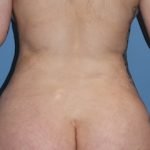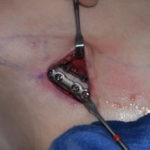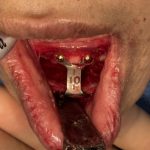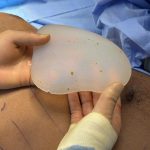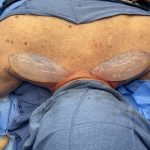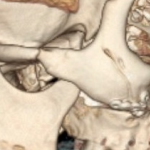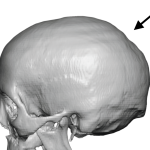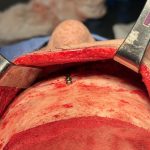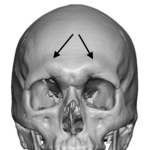Soft Tissue Occipital Knob Case Study
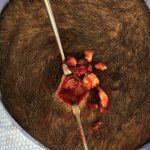
Background Among the various aesthetic skull protrusions, the occipital knob is the most well-known and visually distinct. As its name implies, it presents as a solitary, rounded prominence at the bottom of the occipital bone, on the back of the head. This structure is an enlargement of the inion, a naturally occurring part of the Read More…

